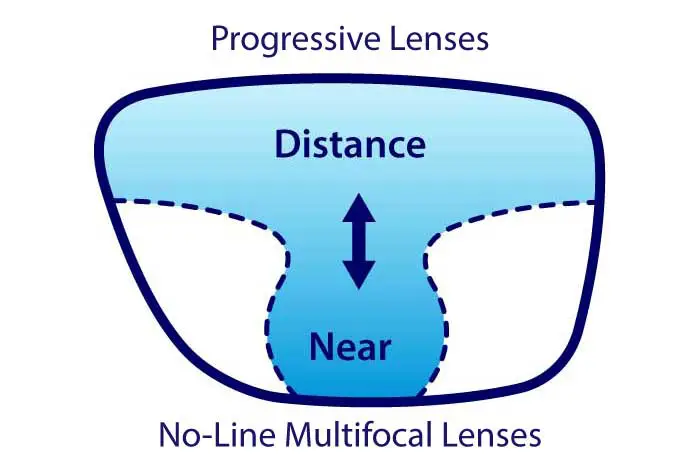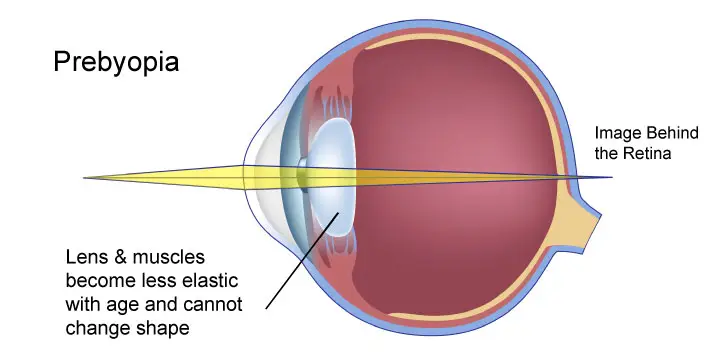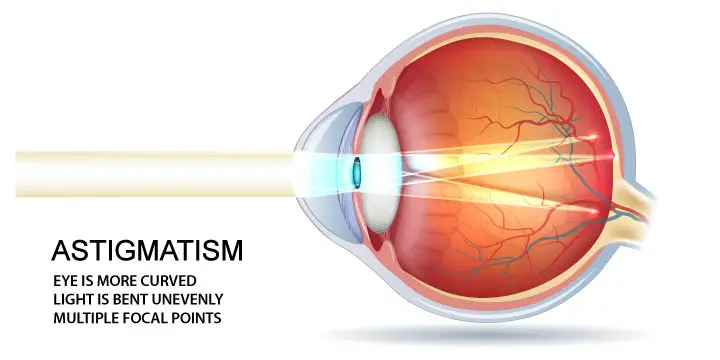Adapting to Progressive Glasses: What To Expect & How to Adjust
18-05-2025
What are Progressive Glasses?
Progressive glasses are multifocal lenses designed to provide seamless vision correction at all distances—near, intermediate, and far—without the visible line found in bifocals. These advanced lenses allow for a more natural visual experience, with smooth transitions between zones, making them an ideal option for people who require correction for both distance and reading vision.
Why Progressive Glasses Are Needed: Presbyopia Explained
The main reason people need progressive glasses is presbyopia, an age-related condition that typically begins in your 40s. As the eye's natural lens becomes less flexible, it becomes harder to focus on close-up objects like books, phones, or computer screens. Progressive lenses solve this issue by combining multiple prescriptions into one lens—eliminating the need to switch between reading and distance glasses.How Long Does It Take to Adjust to Progressive Glasses?
For most people, the adjustment period takes anywhere from a few days to two weeks, even if you’ve previously worn bifocals or progressive lenses. Every eye is different, so don’t be discouraged if it takes a little longer. To speed up the process of adapting to progressive glasses, try wearing your new lenses full-time—especially around the house or while working—and avoid switching back to your old glasses. As your brain and eyes adjust, you can begin wearing them while driving or during more demanding tasks. If you’re still experiencing discomfort or difficulty after several weeks, visit your optometrist for an assessment to ensure your lenses are properly fitted and aligned.Two Things You Might Notice When Adjusting to Progressive Eyeglasses
As you adapt to your progressive lenses, you’ll begin to notice that objects around you become sharper and more in focus. However, there are a couple of common things new wearers often experience that are completely normal during the adjustment period:1. Blurriness on the sides (peripheral distortion)
This happens because progressive lenses have designated viewing zones, and the sides may produce slight distortion. Instead of moving your eyes side to side, try turning your head and pointing your nose like a camera at the object you want to focus on. If you’re looking at the ground, tilt your chin downward slightly to bring things back into focus and improve depth perception.2. Tilting your chin to read or use a computer
You may find yourself tilting your chin up to look through the bottom portion of the lens when reading or viewing a monitor. If you only use your computer occasionally, you can lower your monitor or raise your chair slightly to promote more natural head and neck posture. With time and consistent wear, these behaviors become second nature, and your visual experience will feel smooth and effortless.Caution During Adaptation: Peripheral Vision and Everyday Movement
While adapting to progressive glasses, it's important to be cautious—especially when walking or moving quickly. The peripheral areas of the lenses can cause slight distortion, which may affect depth perception. When you're getting used to them, take extra care around stairs, curbs, and uneven surfaces. Instead of moving your eyes side-to-side, move your head to look directly at objects. This reduces discomfort and helps your brain adjust more efficiently to your new lenses.Get Professionally Fitted Progressive Glasses in Edmonton
If you're in the Edmonton area and considering progressive lenses, trust the experts at Eye-deology Vision Care. Our licensed opticians and optometrists are experienced in fitting and personalizing progressive glasses from top brands like Hoya, Zeiss, and Essilor. We ensure your lenses match your lifestyle and vision needs, digital measure and fit them, making adapting to progressive glasses as easy and comfortable as possible. Schedule your eye exam today and experience the clarity you deserve. Schedule An AppointmentFYEyes Blog Posts

Presbyopia - Symptoms, Causes and Treatment
An age-related condition that affects the ability of the eye to focus on close objects.

Reasons To Consider Scleral Contact Lenses
Scleral contact lenses offer numerous benefits, especially to those with unique needs.

Astigmatism - Symptoms, Causes and Treatment
A refractive error caused by a cornea or lens of the eye that is not perfectly symmetrical.

Glaucoma - Symptoms, Causes and Treatment
Glaucoma is a group of eye conditions that damage the optic nerve, which is crucial for good vision.

Children's Glasses
Invest in your child's health and future with eyeglasses professionally custom-crafted to their individual needs and active lifestyles.

Women's Glasses
Upgrade your vision and your look with new women's eyeglass styles. Find your new vision and look at our Edmonton optical.

Men's Glasses
See your best and be your best with eyeglasses designed specifically for your work environment and lifestyle preferences.
